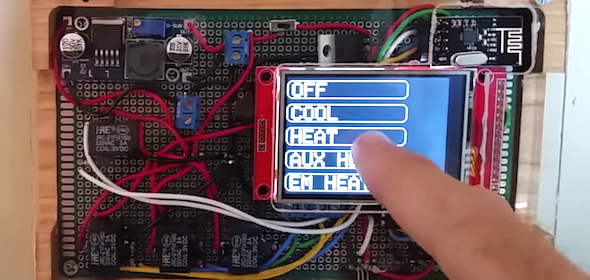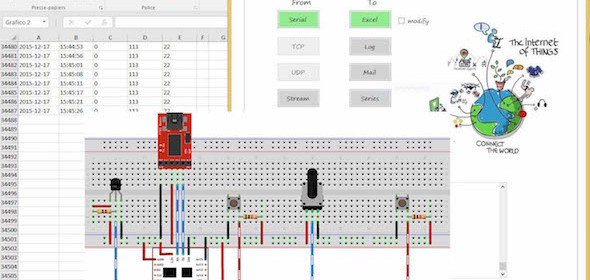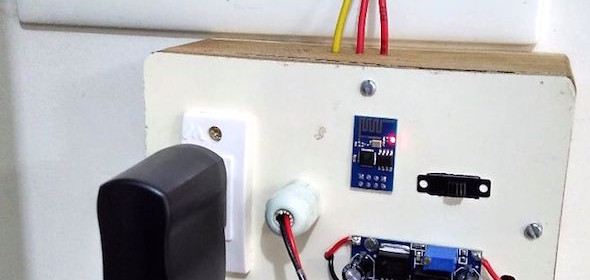ESP8266 based Weather Station with a beautiful look

Dennisv15‘s Weather Station is WiFi enabled using ESP8266 and uses a 2.4″ OLED to display the weather data. It has got one of the most beautiful enclosure made of Acryllic sheet laser-cut in the shape of the Sun and cloud. The shapes are illuminated with different colors based on the weather forecast using RGB LEDs. The firmware is based on Daniel Eichhorn’s popular design of an ESP8266 based weather station that includes measurement of the indoor temperature and humidity using DHT22 and retrieving local forecast data from Wunderground.
Read more


